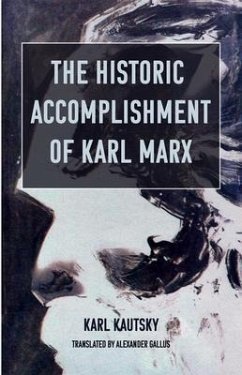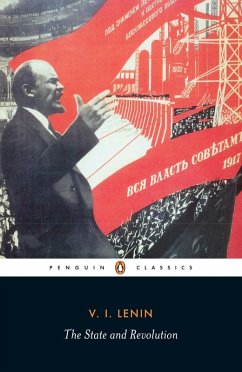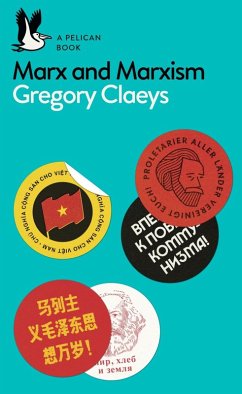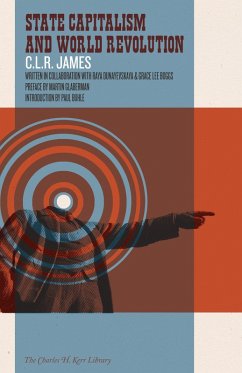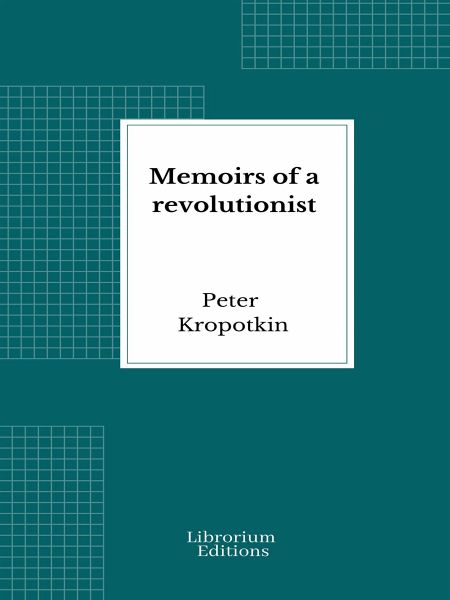
Memoirs of a revolutionist (eBook, ePUB)

PAYBACK Punkte
1 °P sammeln!
Moscow is a city of slow historical growth, and down to the present time its different parts have wonderfully well retained the features which have been stamped upon them in the slow course of history. The Trans-Moskva River district, with its broad, sleepy streets and its monotonous gray painted, low-roofed houses, of which the entrance-gates remain securely bolted day and night, has always been the secluded abode of the merchant class, and the stronghold of the outwardly austere, formalistic, and despotic Nonconformists of the 'Old Faith.' The citadel, or Kreml is still the stronghold of Chu...
Moscow is a city of slow historical growth, and down to the present time its different parts have wonderfully well retained the features which have been stamped upon them in the slow course of history. The Trans-Moskva River district, with its broad, sleepy streets and its monotonous gray painted, low-roofed houses, of which the entrance-gates remain securely bolted day and night, has always been the secluded abode of the merchant class, and the stronghold of the outwardly austere, formalistic, and despotic Nonconformists of the 'Old Faith.' The citadel, or Kreml is still the stronghold of Church and State; and the immense space in front of it, covered with thousands of shops and warehouses, has been for centuries a crowded beehive of commerce, and still remains the heart of a great internal trade which spreads over the whole surface of the vast empire. The Tverskáya and the Smiths' Bridge have been for hundreds of years the chief centres for the fashionable shops; while the artisans' quarters, the Pluschíkha and the Dorogomílovka, retain the very same features which characterized their uproarious populations in the times of the Moscow Tsars. Each quarter is a little world in itself; each has its own physiognomy, and lives its own separate life. Even the railways, when they made an irruption into the old capital, grouped apart in special centres on the outskirts of the old town their stores and machine-works and t Politicsheir heavily loaded carts and engines. However, of all parts of Moscow, none, perhaps, is more typical than that labyrinth of clean, quiet, winding streets and lanes which lies at the back of the Kreml, between two great radial streets, the Arbát and the Prechístenka, and is still called the Old Equerries' Quarter-the Stáraya Konyúshennaya.
Dieser Download kann aus rechtlichen Gründen nur mit Rechnungsadresse in A, B, BG, CY, CZ, D, DK, EW, E, FIN, F, GR, HR, H, IRL, I, LT, L, LR, M, NL, PL, P, R, S, SLO, SK ausgeliefert werden.






